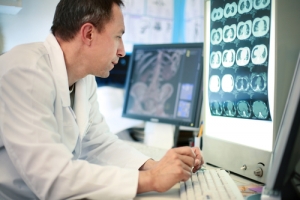Micronutrients Can Protect From Cell Damage Caused By Radiation Exposure
In our last issue of the Health Science News Page, we discussed the hazards of radiation exposure. Body imaging through X rays and CT scans are extremely essential and can be lifesavers in many cases of emergencies. However, due to non-invasive, fast and painless ways of diagnosing, X rays and CT scans have been used in excessive amounts.
In the past few decades, everyone gets excessive and unmeasured radiation exposure through sources such as substances in the earth’s crust and space, microwave ovens, electric power lines, radio signals, cell phones, airport scanners and even transcontinental flights. A recent study highlighted that even the minimal dose of radiation received from these sources has a cumulative effect and is proven to lead to damage to cellular DNA, which could lead to cancers decades after the exposure.
Radiation From Diagnostic Imaging Can Cause Cellular Damage
Early detection of health problems is very important in diagnosing or sometimes eliminating disease at its onset. Over the last decades, various imaging techniques such as X-rays, ultrasounds, MRI (Magnetic Resonance Imaging) and CT or CAT scans (Computerized Assisted Tomography) have been developed and applied for diagnostic as well as therapeutic medical care. However, in recent years many doctors, and especially radiologists, became concerned with overuse of certain diagnostic techniques -, in particular those that expose patients to radiation.

